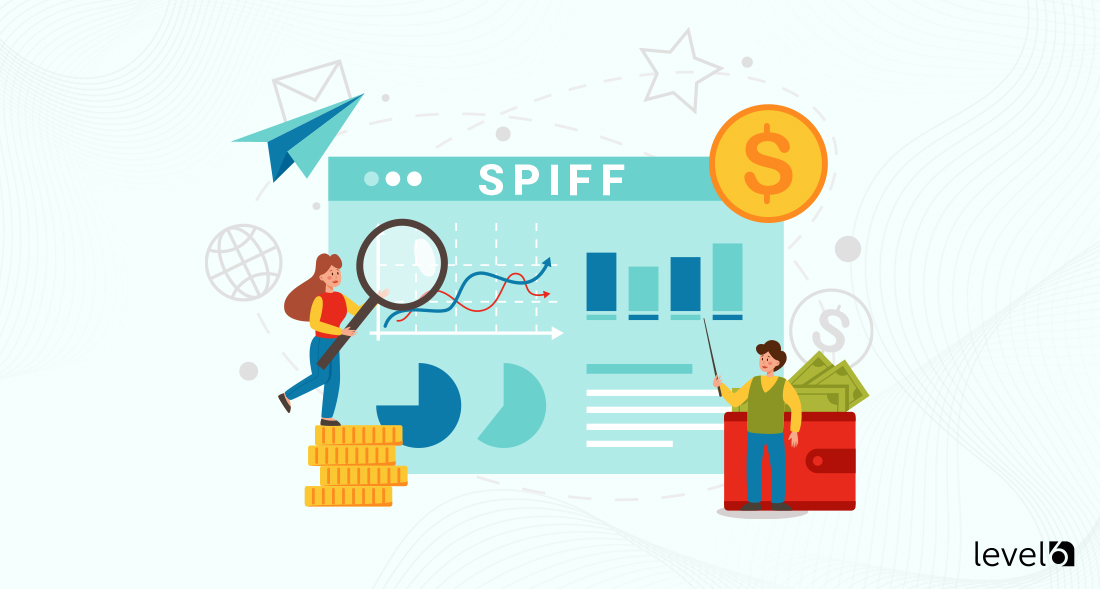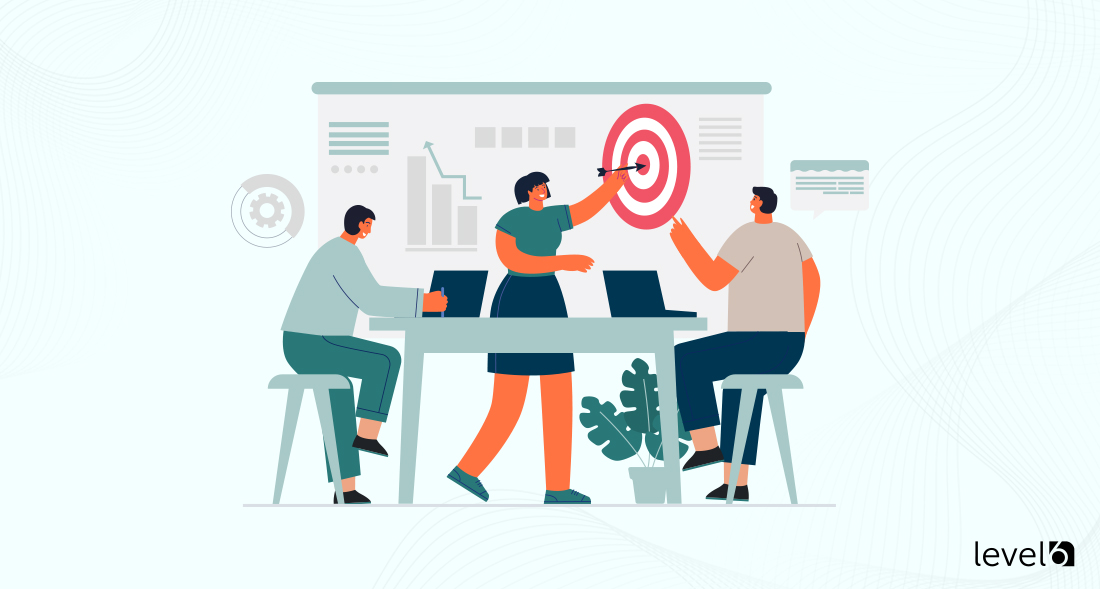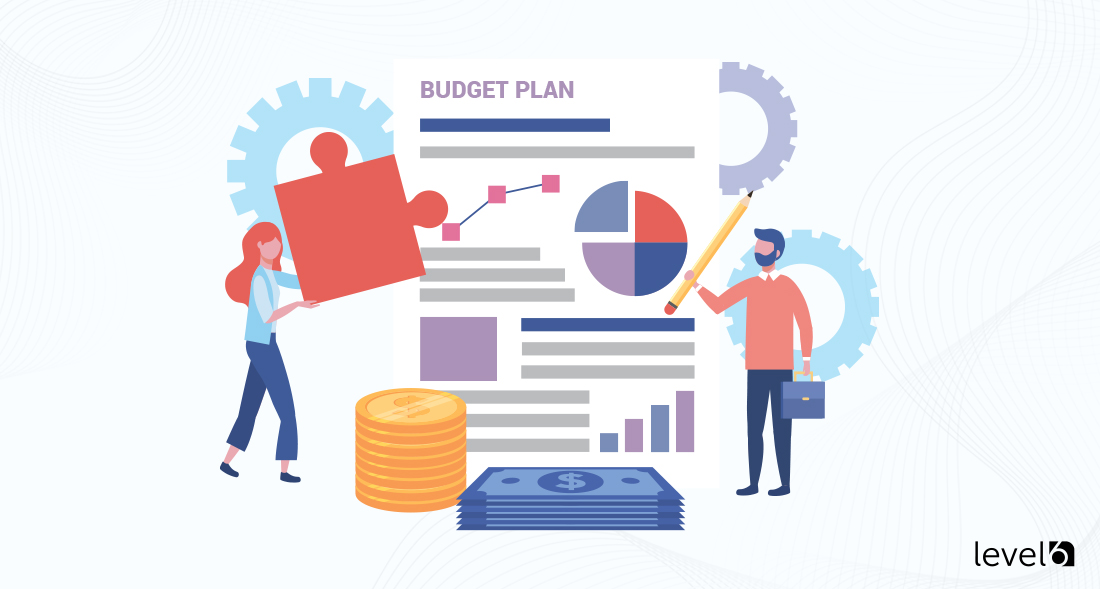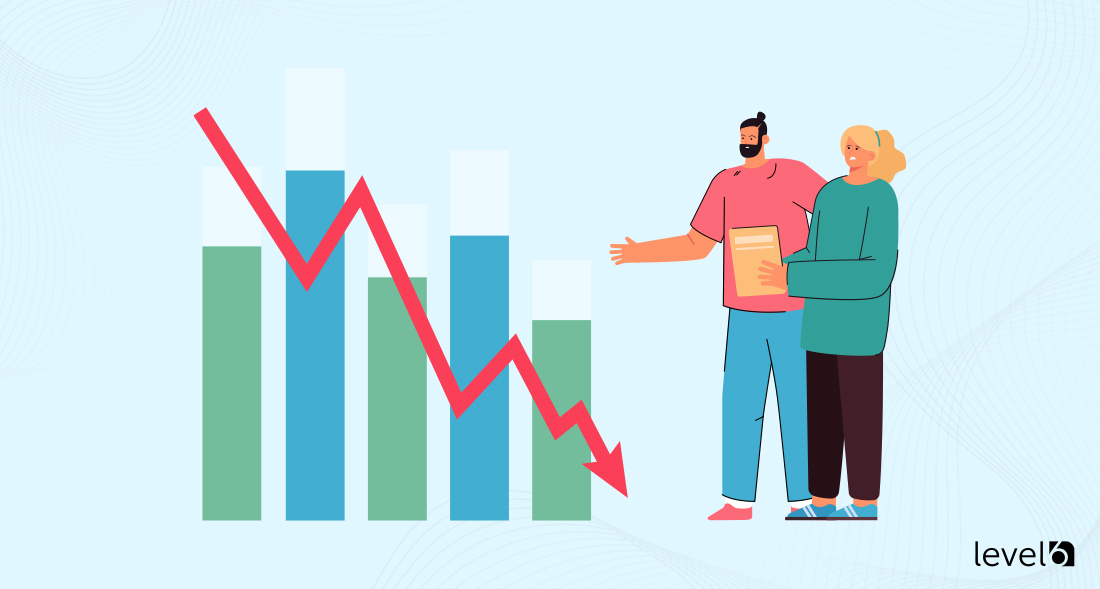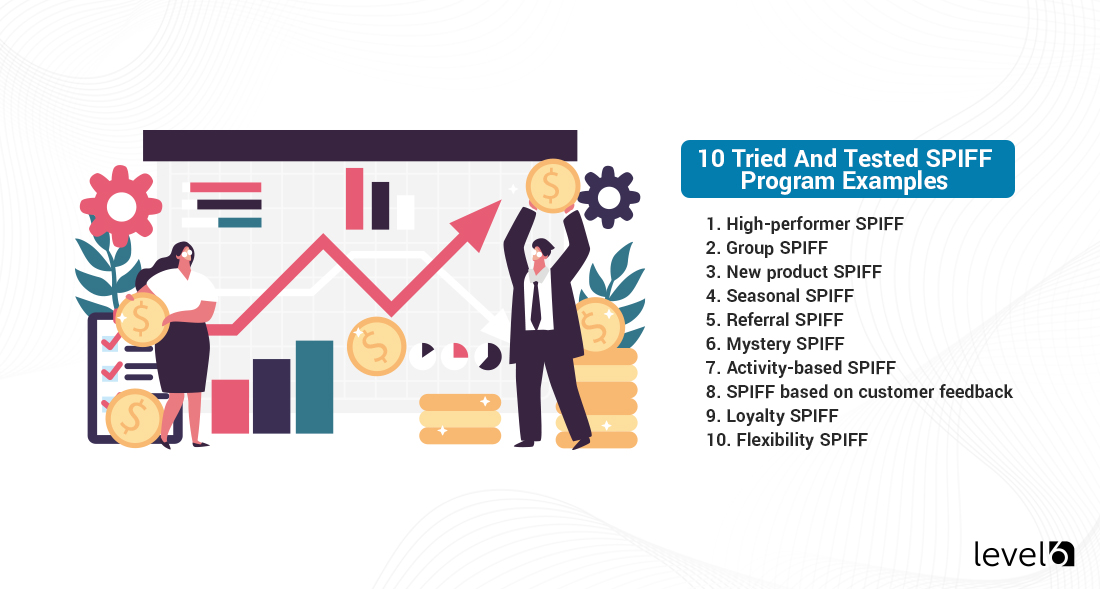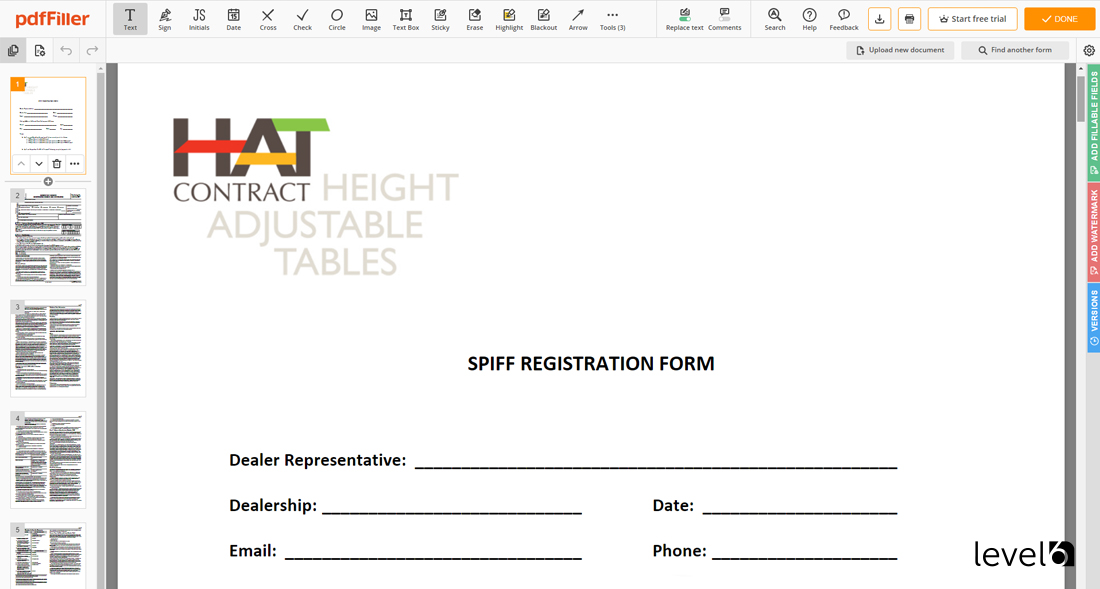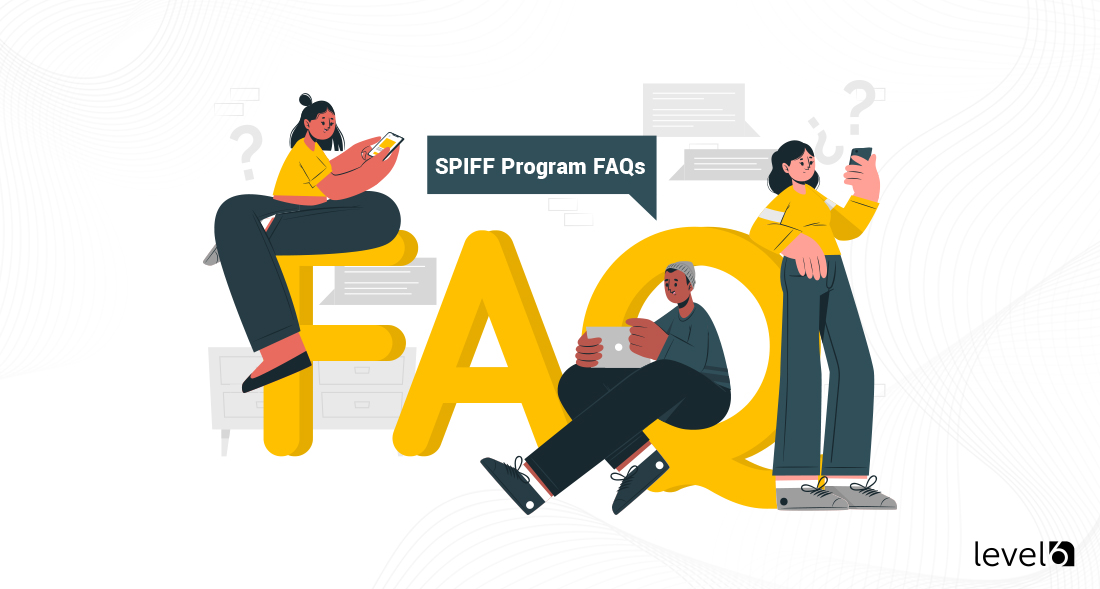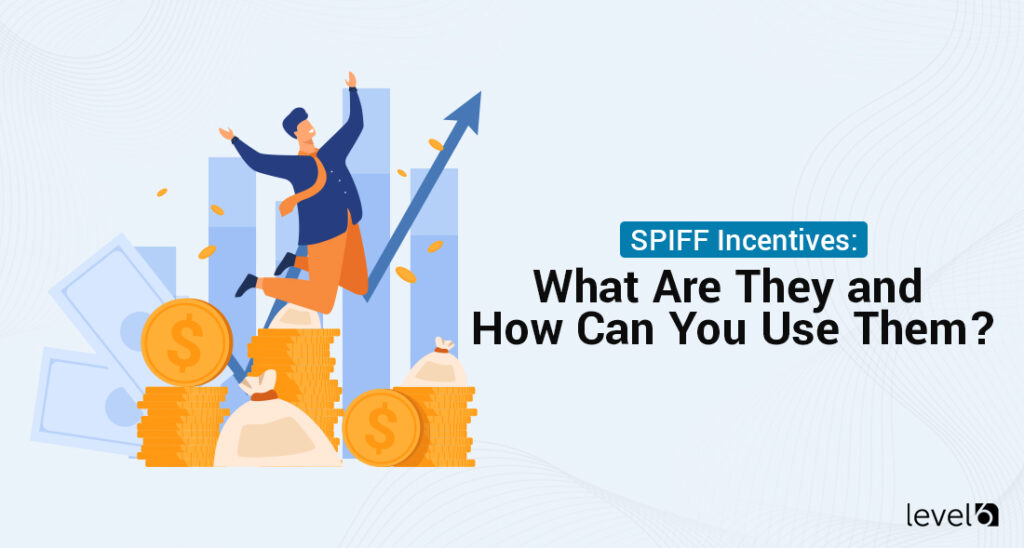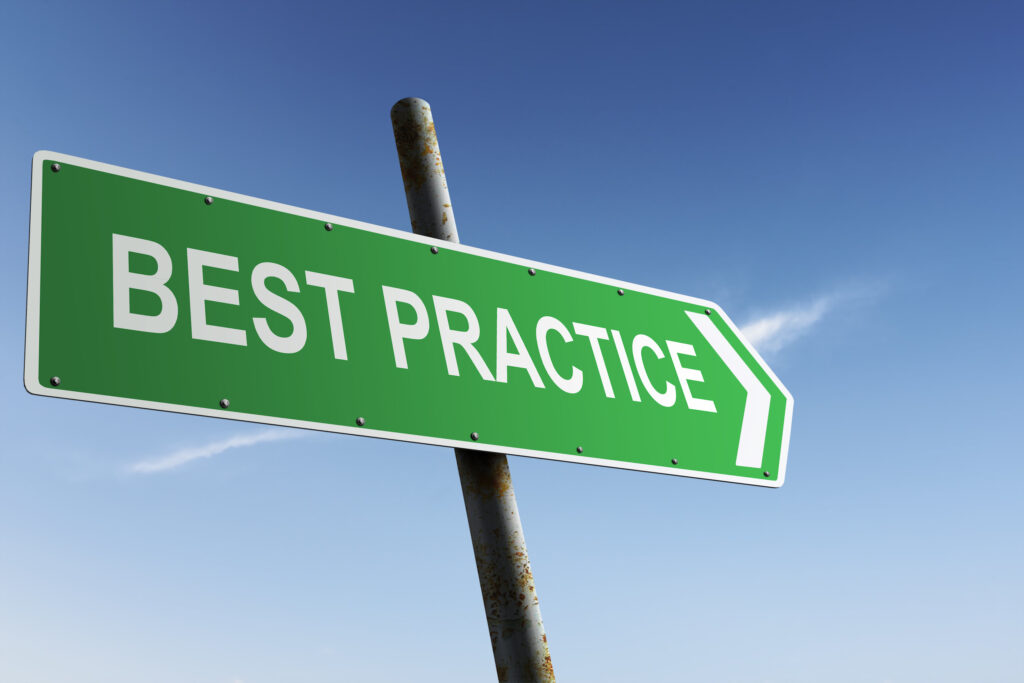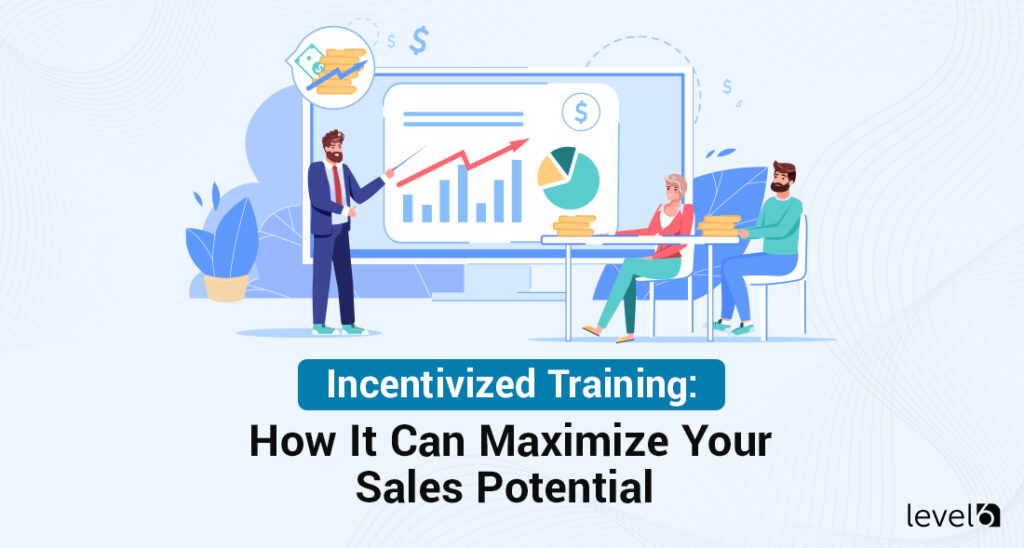If the term “SPIFF program” is new to you, you’re not alone. So what is it, and does your business need one?
SPIFF is an acronym that stands for: Sales Performance Incentive Fund.
And if you caught that technically, this spells “SPIF,” you’re absolutely right. For some reason, an extra “f” is added to the end of the word to spell “SPIFF,” and the acronym is most often capitalized to avoid confusing the word with “spiff” or “spiffy,” which means to make something tidy or stylish.
The term “spiffs” has been around since at least 1859, when it was found in a slang dictionary. Back then, it was defined as
“The percentage allowed by drapers to their young men when they effect [the] sale of old fashioned or undesirable stock.”
As for what it is, a SPIFF is a short-term, incentive-based initiative meant to motivate sales representatives. Basically, the program rewards sales reps who meet a target that’s been set.
These targets can be any goal set within a short time frame:
- Sell a specified amount of product
- Set a certain number of demo appointments
- Close this many deals
Rewards for meeting the targets can also run the gamut. Any type of reward, from financial to prizes, vacations, and even recognition, can all be used with a SPIFF program.
They’re helpful in motivating sales teams and getting them to meet targets in the short term. Close to the end of a sales quarter or year. Close to the closing of a new campaign. Anywhere your sales need an extra boost.
The two words to remember when setting up a SPIFF program are SMALL and SHORT-TERM. Let’s dig into this a bit!
Looking to learn more about an incentive, rebate
or reward program for your business?
Curious about costs?
Try our instant pricing calculator:
Why SPIFF?
Harvard Business Review released an article on which bonuses best motivate sales forces. Analyzing the data collected from over 5,000 people during a six-month period, they found that SPIFF-type bonuses “resulted in a sales increase of approximately 24%.”
Creating a SPIFF program is an excellent way to boost sales engagement and increase revenue. A well-executed SPIFF program can incentivize your sales team to work harder and sell more. By offering enticing incentives, such as bonuses or prizes, you can encourage your team to go the extra mile in closing deals, making upsells, and cross-sells.
SPIFF programs can also help you connect with new prospects. For example, you can use a SPIFF program to encourage your team to generate leads, arrange demos, and close deals. This way, your team will be more likely to take an active role in driving sales and revenue growth.
SPIFF programs provide an effective opportunity to collect data directly from your channel sales partners and sales reps. By collecting data on sales performance and tracking specific metrics, you can assess which strategies and tactics are working and adjust your channel sales strategies accordingly. This data can also be used to develop more successful products and exciting sales incentives to drive even more revenue growth.
The Best Way To SPIFF
When implementing a SPIFF program, it’s important to clearly understand the goals you want to achieve. Your goals should be specific, measurable, achievable, relevant, and time-bound (SMART). This will help you track progress and determine the effectiveness of your SPIFF program.
Once you’ve defined your goals, you need to establish how those goals should be met. Consider factors such as which products or services should be incentivized, how much incentive should be offered, and what kind of behavior or activity is necessary to qualify for the incentive.
When it comes to defining the parameters of participants, you’ll want to be clear about who is eligible to participate in the SPIFF program. Is it open to all sales representatives, or are specific sales channels or geographic regions included or excluded? Make sure you communicate these parameters clearly to avoid any confusion or misunderstandings.
As for incentive rewards, there are many different types to consider. Some popular reward options include cash bonuses, gift cards, prizes, and recognition or praise. Be sure to choose meaningful and motivating incentives for your sales representatives that align with your goals and budget.
In order to get your team and channel partners excited about the rewards offered in your SPIFF program, it’s a great idea to do some opinion shopping. Ask your sales team and partners what would motivate them to participate in a SPIFF program, check out what your competition offers, and check back with your team once they receive the rewards to see if they hit the mark.
Establishing a timeframe for your SPIFF program is important so that participants know how long they have to achieve their goals and earn incentives. This can be a specific time period (e.g., one month, one quarter) or tied to a specific event or promotion.
Speaking of budget, it’s also important to determine how much you’re willing to spend on your SPIFF program and to stick to that budget. Consider factors such as the size of your sales team, the level of incentives you want to offer, and any associated administrative costs.
Finally, be sure to assess the return on investment (ROI) of your SPIFF program. This will help you determine whether the program was successful in achieving your goals and whether you should make any adjustments for future programs.
Potential Downsides To SPIFFing
Back to the Harvard Business Review study. While a SPIFF-type bonus can cause a significant sales increase, they shouldn’t always “be on.” It appears to be better for engagement and sales when they’re implemented occasionally and at peak times.
SPIFF programs can be a great way to motivate your sales team and drive performance; they can also have some potential downsides that you should be aware of before implementing one in your organization.
One downside is the possibility of sandbagging. This is when salespeople purposely hold off on closing sales until the SPIFF program starts so that they can earn the extra rewards. This can lead to a dip in sales activity before the program starts and can be a challenge for sales managers to navigate.
Another challenge is that SPIFF programs can consume a significant portion of your budget, especially if ongoing. To avoid this, it’s recommended to keep SPIFF programs to once or twice a year and ensure that they are focused on specific products or services to maximize their impact.
SPIFF programs can also create a toxically competitive work environment, where salespeople are focused on beating each other rather than working together as a team. This can lead to tension and negative feelings in the workplace.
To avoid this, consider offering rewards for all, not just the top performer. This way, everyone is incentivized to work hard, and you can promote a positive and supportive sales culture.
It’s also worth noting that SPIFF programs may not be legal for all businesses or clients to offer. For example, if you work in the healthcare industry, there may be restrictions on offering incentives or rewards to healthcare providers. Be sure to check the regulations and laws in your industry before implementing a SPIFF program.
Overall, while there are potential downsides to using a SPIFF program, with careful planning and execution, they can be a highly effective tool for boosting sales performance and motivating your sales team.
10 Tried And Tested SPIFF Program Examples
Here are 10 tried and tested examples of SPIFF programs you may want to consider using:
- High-performer SPIFF: This is a great way to reward top-performing salespeople who consistently exceed their sales quotas. Offer them a cash bonus or a special incentive to show them how much you appreciate their hard work and dedication.
- Group SPIFF: Encourage teamwork and healthy competition among your sales team with this type of SPIFF. Set a sales goal for the entire team and offer a prize to those who meet or exceed it.
- New product SPIFF: If you’re launching a new product or service, motivate your sales team to promote it by offering a SPIFF. This can be in the form of a cash bonus, commission increase, or special recognition.
- Seasonal SPIFF: Holidays and special events are the perfect opportunity to boost sales with a seasonal SPIFF. Offer your team a reward for meeting or exceeding a specific goal during a holiday season or other special event.
- Referral SPIFF: Encourage your sales team to refer new customers to your business with a referral SPIFF. Offer a reward for every new customer they bring in or a bonus for a certain number of referrals.
- Mystery SPIFF: Create excitement and buzz by offering a mystery SPIFF. Announce that there will be a special incentive for the salesperson who achieves the most sales during a certain period, but don’t reveal the reward until the end of the contest.
- Activity-based SPIFF: If you want to encourage your sales team to take a specific action, such as making more calls or scheduling more appointments, offer an activity-based SPIFF. This can be in the form of a reward for reaching a specific number of calls or appointments.
- SPIFF based on customer feedback: Encourage your sales team to prioritize customer satisfaction by offering a SPIFF for high ratings and positive feedback from customers. This can be in the form of a bonus or special recognition.
- Loyalty SPIFF: Reward salespeople who consistently perform well over a long period of time with a loyalty SPIFF. This can be in the form of a higher commission rate, cash bonus, or other special incentive.
- Flexibility SPIFF: Allow your salespeople to choose their own SPIFF from a menu of options. This gives them a sense of control and motivation to work harder, knowing they will receive a reward they have chosen for themselves.
SPIFF Program Templates
Implementing a spiff program can be an effective way to motivate sales teams to achieve better results. However, to ensure that the program runs smoothly, it is important to keep track of SPIFF sales and apply them to the right person. To achieve this, businesses will require various templates to make the process easier.
Here are the types of templates needed for a successful SPIFF program:
- Document showing products and services that qualify for the SPIFF: This template lists the products or services eligible for the SPIFF program. It helps to clarify which items qualify for the bonus and keeps the process transparent.
- Tracking form for logging SPIFF sales, dates, customers, and amounts: This template is used to track sales that qualify for the SPIFF program. It includes information about the date, customer, product, or service sold, and the amount of the sale.
- Portal or email address for submitting SPIFF documentation: Sales reps will need to submit documentation to receive their SPIFFs. This template provides a clear way for sales reps to submit their sales information, such as through a dedicated portal or email address.
- Spreadsheet or database to log SPIFF program members’ information and results: This template logs all sales rep information, such as their name, sales results, and SPIFF payments received. It helps track the success of the program and ensures that payments are made correctly.
- Commission management apps with templates ready to customize and use: Commission management apps can provide templates that are ready to use and easy to customize. These templates typically integrate with CRM, ERP software, and other systems, making it easier to manage the SPIFF program.
These templates are necessary to help companies implement and manage a successful SPIFF program. By utilizing them, sales reps can be motivated to improve their sales performance, and businesses can enjoy an increase in sales revenue.
SPIFF Program FAQs
Q: Are SPIFFs taxable?
A: SPIFFs are part of “received commissions and bonuses” and are considered taxable income in the United States.
Q: Can SPIFF programs be combined with other incentive programs?
A: Yes, SPIFF programs can be combined with other incentive programs like bonuses or commission structures to create a comprehensive sales incentive plan.
Q: What’s the difference between a SPIFF and SPIV?
A: A SPIFF refers to a Sales Performance Incentive Fund, whereas a SPIV refers to a Sales Performance Incentives program. It is technically the same thing, and both are used to motivate sales teams by manufacturers or employers. Generally, SPIFFs serve short-term or immediate goals.
Q: How often should SPIFF programs be updated or changed?
A: It depends on the goals and needs of your sales team and company. Some SPIFF programs may need to be updated more frequently to keep sales reps motivated, while others may be effective for longer periods of time.
Q: Are SPIFFs considered a bonus or a commission?
A: SPIFFs are usually paid as a one-time bonus given when a sales rep or channel partner achieves a specific goal. Commissions are usually given as a percentage of sales made.
Q: Can I get help setting up a SPIFF program?
A: We’re glad you asked! Our team of incentive experts will collaborate directly with you to design and develop the ideal incentive program. Every facet is customizable, from payment methods to technology to customer service levels.
We always put your needs first, and we’ve never lost a client project to another provider. Come see what sets Level 6 apart from the rest!

Claudine is the Chief Relationship Officer at Level 6. She holds a master’s degree in industrial/organizational psychology. Her experience includes working as a certified conflict mediator for the United States Postal Service, a human performance analyst for Accenture, an Academic Dean, and a College Director. She is currently an adjunct Professor of Psychology at Southern New Hampshire University. With over 20 years of experience, she joined Level 6 to guide clients seeking effective ways to change behavior and, ultimately, their bottom line.
 Demo
Demo